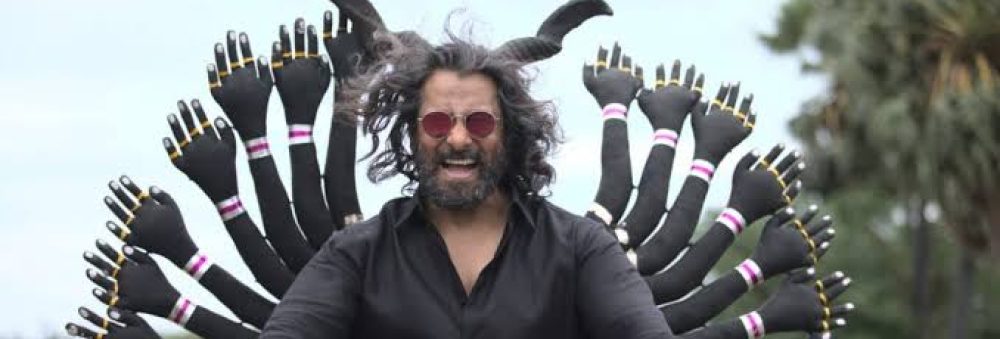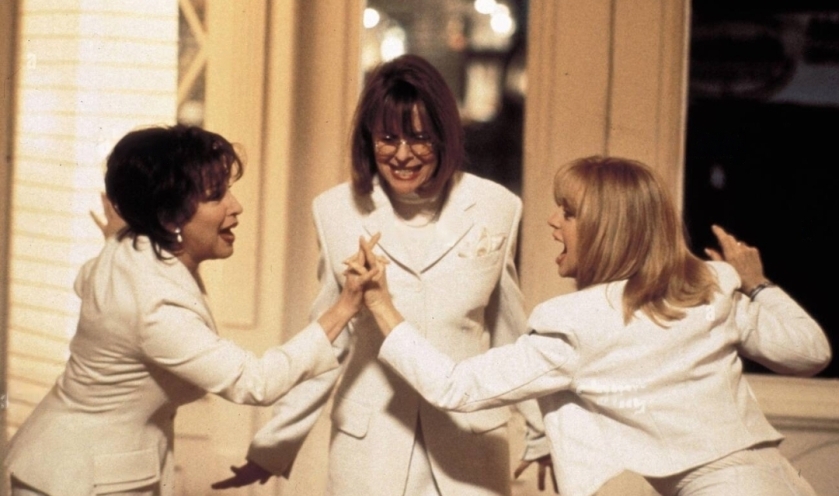I was enticed into watching this movie primarily thanks to a clip making the rounds online featuring its 3 leading ladies, Diane Keaton, Goldie Hawn (one of my faves and all time girl crushes) & Bette Midler dancing to ‘You Don’t Own Me’ , an iconic girl power anthem by singer Lesley Gore. I was instantly enamoured by the trio’s electric energy and the character dynamics but even more so, the overall context behind this scene piqued my interest as well.
Adapted from Olivia Goldsmith’s novel by the same name, The First Wives Club follows the aforementioned trio of girl bosses Brenda, Elise and Annie on a mission to snatch back their power from their exploitative ex husbands who’ve snatched them of their youth, milked them of all self worth, and manipulated them via various wicked methods of power play. While initially, their sole intentions to create the club stem from a desire for regaining said self worth, maybe even earn back their literal royalties, this quest proves to be more life changing than ever, as it grows into a larger safe space for fellow women (regardless of sexual orientation) who wish to be viewed as equals in a patriarchal society that squeezes out every ounce of them until they’re a shell or who are subjugated to mental abuse in a marriage/workplace by the very society whom they work hard to please, the last of which actually sets up the premise of this idea as the movie opens with a scene of the trio’s well-off but emotionally exhausted classmate ending her life after nagging thoughts instill in her the fear and desperation that she’ll never be as talented or happy as her fellow female classmates (even if Brenda, Elise and Annie are also in the same boat in terms of professional and personal ambitions that fall short due to the pressures of being a woman in the competitive, frustrating world, only to be rivaled by their male counterparts).
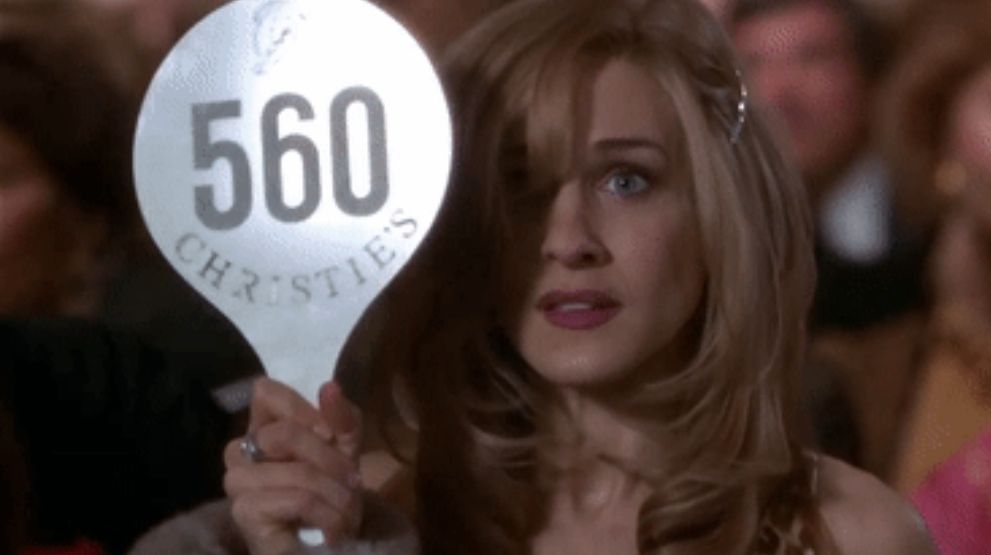
The movie and novel may have released back in the 90s, yet are rather ahead of the time when it comes to touching upon themes such as women attempting to fit into traditional yet regressive moulds (one of which is Annie’s mum putting her down for not putting enough work into her marriage with an estranged husband, a worldview that is far from that of Annie’s more progressive Gen Z daughter who encourages her mother’s desire to reclaim her independence as an individual), desperate young ladies who auction off their last penny on material desires just to ‘debut’ into high society, actresses coming under scrutiny for their changing bodies, thus burdened by body image issues and more such insecurities, and later being pitted against glamorous youthful newcomers in the industry and only reduced to their looks, all of which only act as a shallow measure of a woman. Storylines and arcs that meticulously showcase the aforementioned themes include Elise explaining away her excessive Botox/filler treatment as a tool to appease not only the Hollywood elite in order to gain more roles (conditioned into a mentality that youth reigns supreme in the industry, the actress avoids age appropriate roles like the plague!) but also to ‘market’ herself to filmmakers and producers who discredit older actors and only crave virginal beauties onscreen, and ultimately to society itself. And much like Elise, Shelly (the misconstrued young mistress of Brenda’s husband) is herself a victim, restricted to playing along with the ‘dumb blonde caricature’ in order to rise among the ranks, thus causing an unhealthy need to compete with the older generation, ending in ugly spats which drives a wedge between the women in this movie.
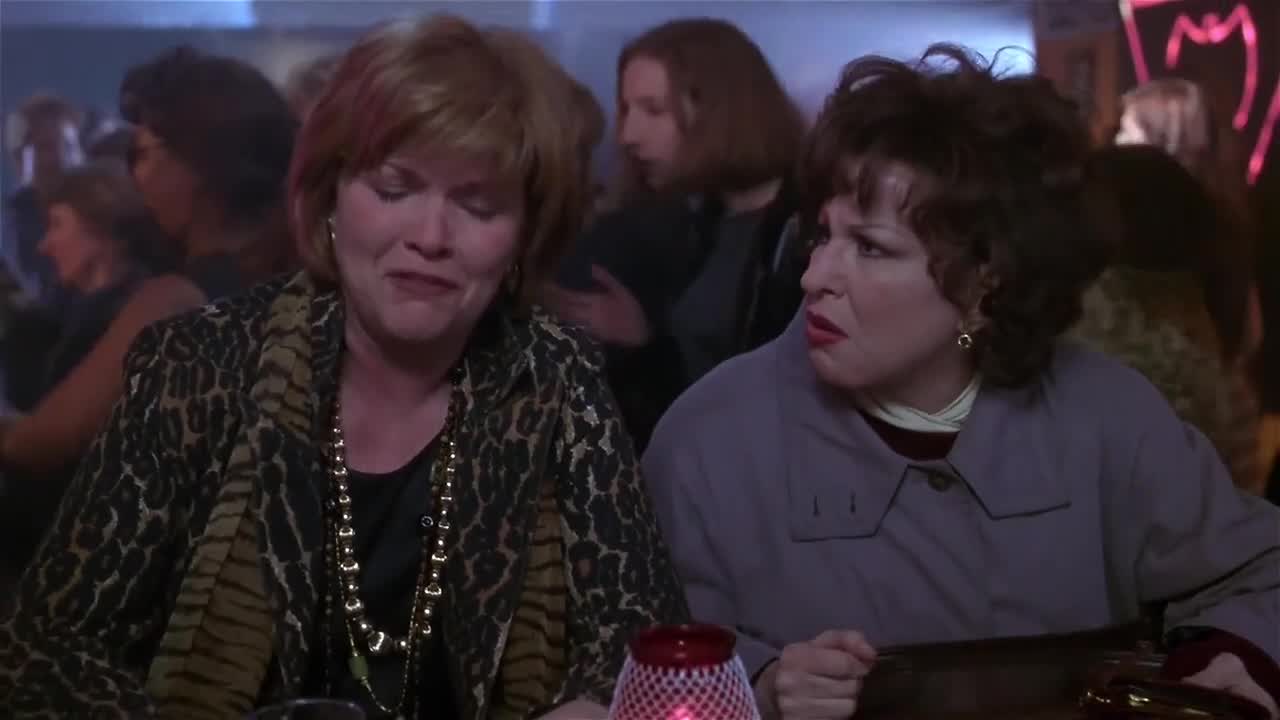
Another memorable scene involves the three straight women envying the gay club scene, especially the lesbians on the dance floor who revel in their limited freedoms in spite of the prevailing rampant homophobia outside the club. This location even acts as an all-inclusive safe space for Brenda to reflect upon or find solidarity with a lesbian character with both women exchanging tragic anecdotes of their respective partners leaving them for a younger, more lithe woman. I must also admit that Goldie Hawn being fawned over and gawked at by a besotted bunch of lesbians in this very scene also certainly ranks high up in my list of outrageously camp scenes that would evoke hoots and cheers from the LGBTQIA+ community even decades later (at least it’s a close second to the sequences of homoerotic sword fighting and Edward Teach achieving a sense of closure as he watches the Gentleman Pirate glide over to him in all his merman glory in the more contemporary gay pirate show/Our Flag Means Death)
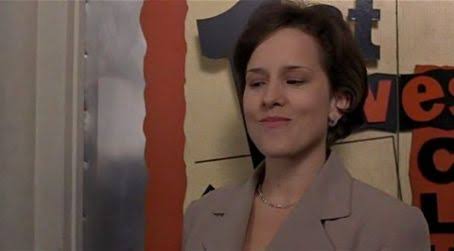
Lastly, for every cheating, domineering or exploitative male in this movie, there is inevitably an ally- Be it Annie’s anarchy-loving lesbian daughter who offers harsh but much needed reality checks to her forlorn mother, a couple in the midst of a lovemaking session who offer validation to Elise as she quite literally drops by their apartment window at breakneck speed, and a relative with a shady past who offers to ‘take out’ Brenda’s husband Mortie in a hush hush fashion post a bar mitzvah! And thus, the movie maintains a fine balance in terms of characterisation too. Tonally, it is not too moody or grim either, but offers a healthy dosage of satirical quips.
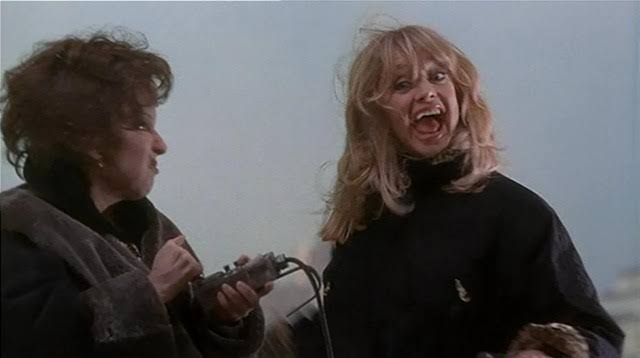
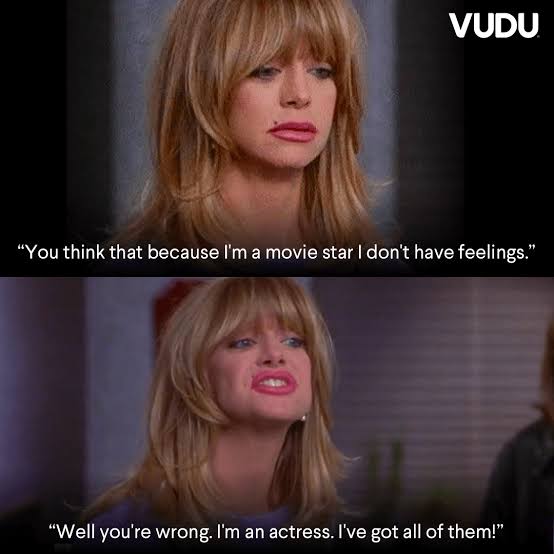
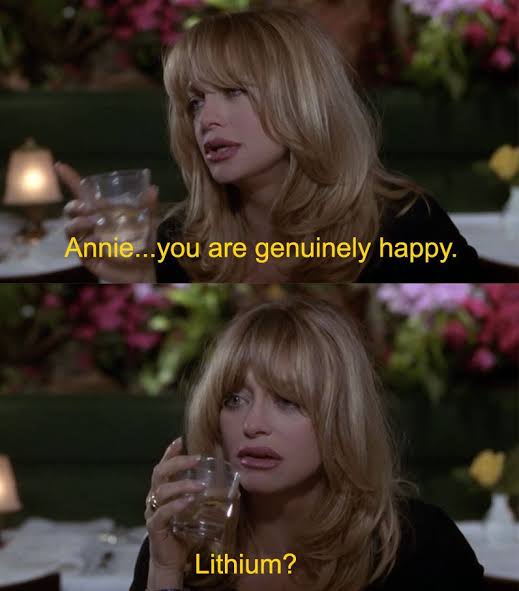
The versatile ensemble (particularly its three leading ladies Midler-Hawn-Keaton, with Sarah Jessica Parker, Stockard Channing and Jennifer Dundas providing ample support) all deliver to the utmost of their abilities, be it with their on point comedic sensibilities in over the top scenes, or evoking sympathy during more emotionally intense scenes such as their respective characters spiralling into a breakdown or achieving a breakthrough as they navigate love, loss and self discovery.
The movie, of course can’t shake off a few problematic tropes that render it a product of the nineties (in an unsavory way), such as a fair share of throwaway gags on anorexia and bulimia that certainly show their age, as well as jokes that border on slut shaming which might leave a bad after taste and contradict the overall message of women supporting women. Yet , The First Wives Club is still worth a watch for the optimistic ending, the women-centric vibes and the invaluable core message of holding patriarchal society complicit in its actions, moreover, calling for more women to unite and stomp out patriarchal norms with their stilettos… all while dancing in elan to a Lesley Gore track, in order to bring a change for the good of all womankind!
